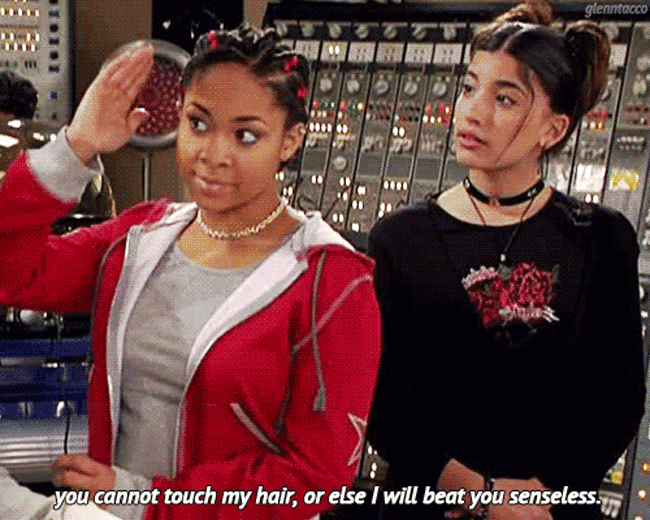
Then I heard the words pass between her lips, “tender-headed.
She said them with a lot of frustration. I annoyed my hairdressers, too, because I wouldn’t let them manhandle my head in order to achieve the style my mom wanted for me. Surprise, surprise, they also called me tender-headed.
There’s this idea that us tender heads are faking the severity of our pain because people assume we don’t want to get our hair done, or that we are the type who like to whine (which is ridiculous”>. Why would I fake something that seriously hurts? Luckily, I didn’t have many scalp problems throughout my teenage years or my early college days because, for some reason, my then-relaxed and straightened hair had alleviated my issues.
But four years and two big chops later, I abandoned the curly crack and the alluring heat of the flat iron and went natural.
I thought I had it all figured out, but as my hair got longer, my scalp health seemed to worsen. All the coconut, shea and olive oils I piled onto my scalp did nothing to ease the recurring pain, and styling my own hair soon became a nightmare. The dandruff returned along with intense itching and pain so bad I couldn’t so much as touch certain parts of my head. I had no idea what was going on, but I realized that I was tender-headed once more. I had a feeling that my tender head was a result of something more serious, something worthy of a visit to the doctor.
So I finally made an appointment with my local dermatologist because enough was enough.
I explained to her what was going on with my scalp, then nervously parted my hair for her. She chuckled and waived it off like it was the easiest diagnosis in the world. “Oh, that?” She smiled, “You just have seborrheic dermatitis.”
Um…sebo-what?
For those of you who don’t know, seborrheic dermatitis is a condition that produces oily flakes and red patches, itching, burning and stinging despite having good hygiene. Though the cause is unknown, it’s said to be related to a yeast that lies in the oil secretion of the skin, or an inflammatory response related to psoriasis. It’s a lifelong condition that flares up and calms down, and can only be treated because there isn’t a cure. Simply put, it explained a lot.
So all it took was a doctor consultation that lasted two minutes.
You best believe that once I left the dermatologist’s office I raided my local Walgreens and bought all the weird-smelling dandruff shampoo I could carry. My already-too-long hair routine was going to go through a massive overhaul and I wasn’t too enthused about having to use medication for my scalp condition; but whatever would keep my head from hurting I vowed to suck up and do.
In the wake of the growing natural hair movement, I feel that we need to address all aspects of black hair health, including our scalps. The term “tender-headed” is very dismissive of underlying issues that might need to be addressed, such as eczema, psoriasis or even alopecia. It’s a stigma that we need to re-evaluate in order to promote optimal hair health as well as our overall health. Those of us with sensitive scalps should be treated with care, not disdain, because we all want that slay-the-game goddess hair, too.
What are your opinions about the term and how it affects those with sensitive scalps? Were you tender-headed but later realized they had a scalp condition? Leave your comments below!
If you’ve been diagnosed with seborrheic dermatitis, here are 5 quick tips for how to care for your scalp.
What does wash day look like when you have this condition? Here is one editor’s wash day regimen.
This article was originally published by Blavity. If you’d like to see more content like this, sign up for their newsletter.








